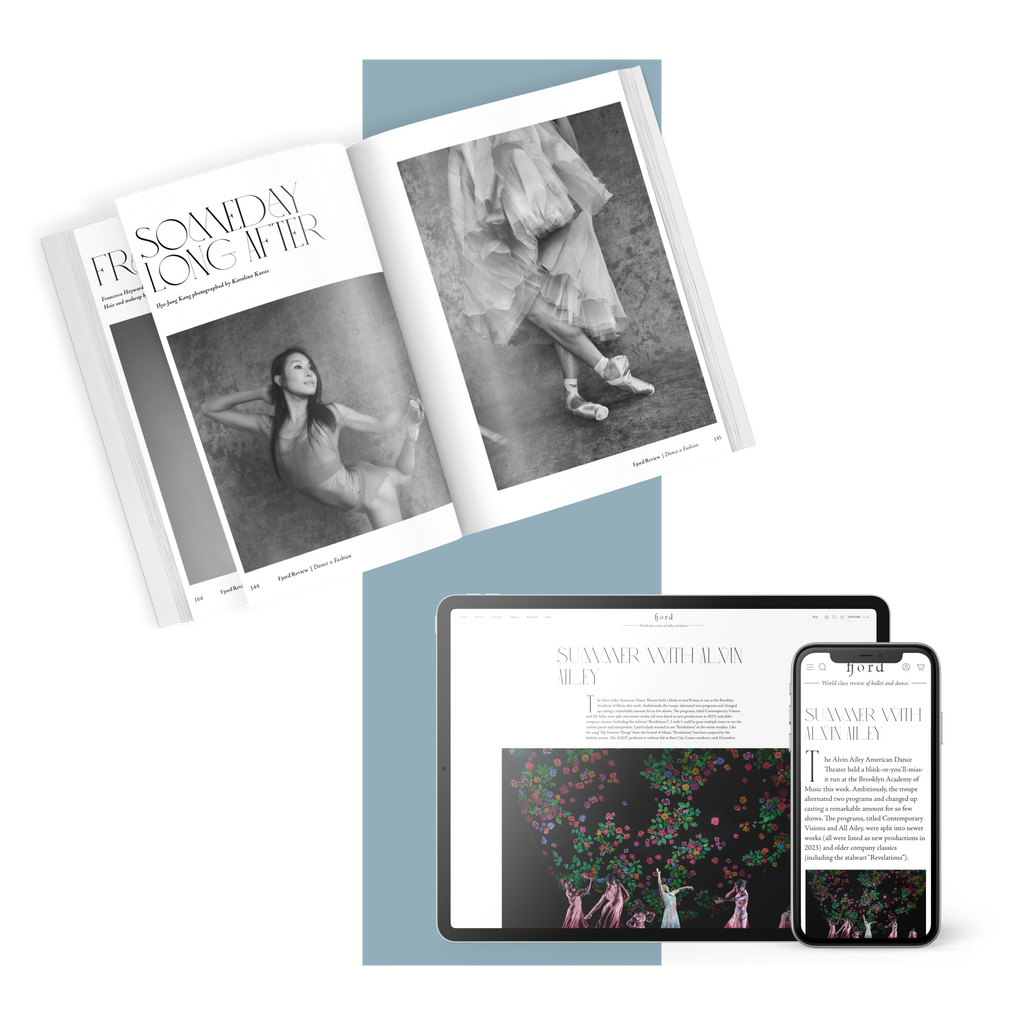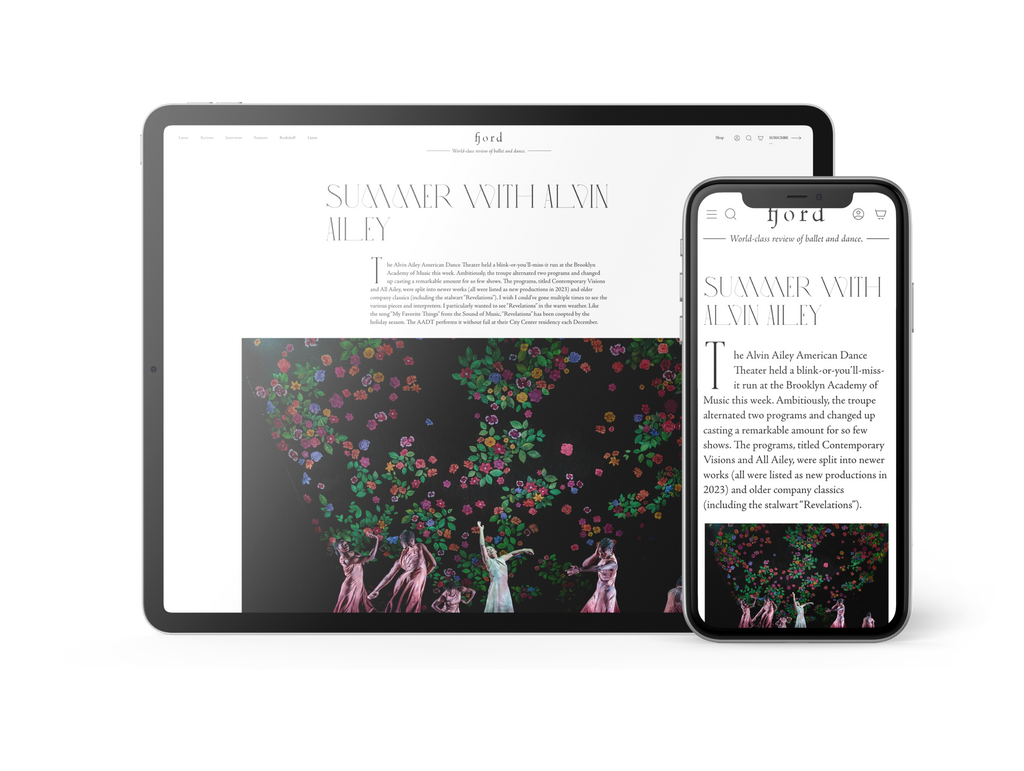Lycra and Lace
What is he looking at? The dancer in a blue biketard bounds around the stage, his curly hair flip-flopping as his head snaps right, left, and center.
Continue Reading
World-class review of ballet and dance.
At once of the earth, and completely otherworldly, Akram Khan's apocalyptic last-ever solo piece as a performer (or so he has stated) grips from the outset, and never lets go. From the minute he is spat out onto the stage, tied to a rope which renders him as vulnerable as a newborn tied to the umbilical cord, or prisoner yearning to break free, this piece of choreography is a snarling beast. It is a nightmarish vision of a state of being in limbo, inspired by Prometheus. “Xenos,” which translates as 'foreigner' or 'stranger,' stands for anyone ostracised, othered, or incarcerated during times of conflict, or simply overlooked, put down or racially abused.
Performance
Place
Words

Akram Khan performing “Xenos.” Photograph by Ryan Buchanan


“Uncommonly intelligent, substantial coverage.”
Your weekly source for world-class dance reviews, interviews, articles, and more.
Already a paid subscriber? Login
What is he looking at? The dancer in a blue biketard bounds around the stage, his curly hair flip-flopping as his head snaps right, left, and center.
Continue ReadingTwo performers crawl in on hands and knees wearing neon green, hooded coveralls—the lightweight papery kind made for working in a sterile environment—and clusters of balloons pinned to their backs.
Continue ReadingWill Rawls makes boundaries visible by defying them. Known for the disciplinary and topical range of his projects, the choreographer, director, and performer approaches issues of representation in “[siccer],” a multi-part, multi-site work co-presented by L’Alliance New York’s Crossing the Line Festival. A live performance at Performance Space New York accompanies a multimedia installation at the Kitchen, a book published by Wendy’s Subway, and an album published by the artist. With a creative process reaching back to 2018, the work delves explicitly into pandemic-era energies and inertias with focused intimacy and a pervasive sense of instability.
Continue ReadingIt is always interesting when multiple theme steps emerge over the course of a mixed repertory evening, but it is uncanny on one featuring five different ballets, each with a different choreographer and composer, covering a twenty-year span (2005-2025).
Continue Reading
comments